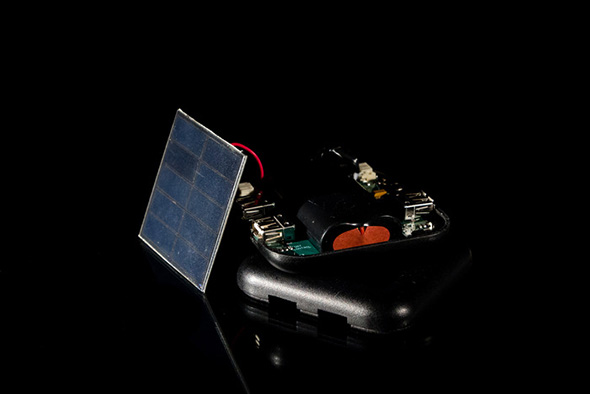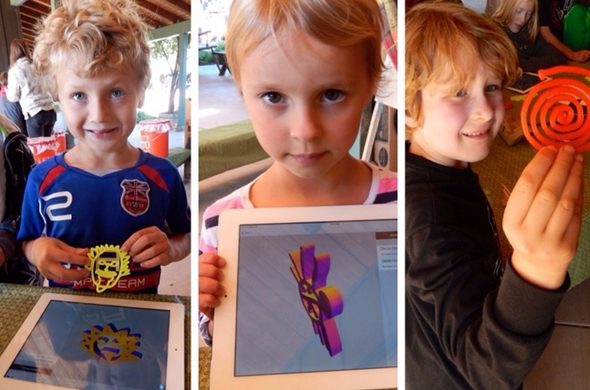
4 Ways 3D Printing Drives the Maker Movement
The maker movement is a group of artists, engineers, tinkerers, entrepreneurs and anyone else interested in Do It Yourself (DIY) culture. 3D printing has become a key player in the movement by giving regular people the ability to take an idea and create it into a finished product. Whether you’re interested in selling your products or simply want to create something new, here’s how 3D printing is driving the maker movement.
1. The Tools Will Set you Free
In the past traditional design tools have been difficult to learn; often a designer would spend years in school to figure out how to make even the basic of 3D models. Not anymore. Easy to use free tools are now available to regular folks like you and me and require little training to get started. You can access them from your web browser and with little practice you’ll be on your way to begin 3D printing. Once your 3D model is finished upload the file, choose a material, hit print and your creation will be delivered to your door. Have questions about getting started with 3D printing? Check out our beginner’s guide.
- Articulated Cube by Kurt Plagge, designed on Google Sketch Up
2.The Open Source Advantage
One big benefit of connecting 3D printing with the maker movement is the openness and interconnectivity of the maker community. In this culture of collaboration some people give their designs freely to the community, letting others improve and modify them adding to the collective effort. The design can be shared, mixed, matched and built upon. This type of interaction drives collaboration and innovation, and saves time developing models. Below is a screenshot with some of the many models at Autodesk 123D gallery.
3.The Distribution Channels
What do you do with the product when you make it? Share it with the world! There are many distribution channels for makers to sell, fund and showcase their work. You can 3D print one product or one thousand with minimal costs – much less than is usually associated with mass production. If you’ve got something big in mind and need to fund your project, you can raise money through Kickstarter, like the founders of Spor, a solar charger in a 3D printed shell did. You can also sell your products through Amazon by signing up for CreatorFoo.
4. Hands-On Education
3D printing is changing the way we approach education. Instead of reading and taking tests, teachers can tap into students’ natural curiosity through hands-on play-based activities. We are now able to teach kids at an early age that anything is possible and give them the tools to accomplish it. We can’t wait for the generation of kids raised on 3D printing to become makers, entrepreneurs and artists.
Are you a maker that uses 3D printing in their work? We’d love to hear about it in the comments below!
Recommended Articles
No related posts.






